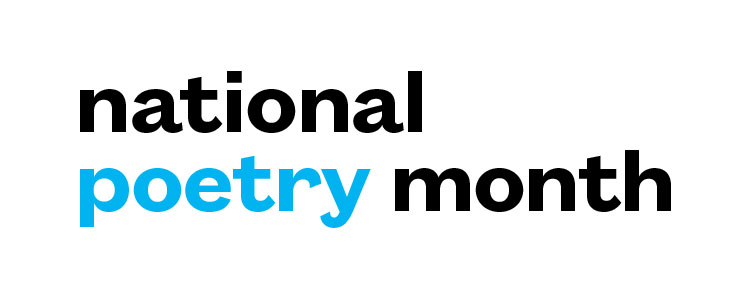April 2020 has one more left! So let's live up...
Every day for National Poetry Month I'll be posting a few fun or interesting poetry links or videos, a Throwback writing prompt from this site, a few poems published in the last couple years and a couple classic poems—things that are poetry-related interesting or fun.You will have a change to write poetry even if you've never done it before—the writing prompts aim to demystify the process of writing a poem. This will not take the place of the 2020 Writing Exercise Series, but will be in addition to it, so there will be a bounty of poetry to feast your eyes upon.
So. Let's begin.
April 30, 2020
National Poetry Month 2020 Activity Pack Day 30
1) Lets start off with Edward Hirsch giving his take on how to effectively read a poem. I probably should have posted this the first day, but oh well.
2) TV TIME! Let's first watch Paul Muldoon give us all the advice he'd give a young poet—a little tough love we can all use.
Here's Paul Muldoon discussing "Overrated Poetry" and more specifically, how a good poem can come from any source at any time. And yes, that is a different video.
Here is a video interpretation of Pablo Neruda's "Tonight I Can Write the Saddest Lines" translated by W.S. Merwin.
And finally here is another video interpretation of "Alone with Everybody" by Charles Bukowski
3) Now go read one, or preferably all of the following three 'recently' published poems:
“she could put on her left ear hearing aid but not her right & sometimes she could not put on her left either” by Maureen Owen (second poem) in Posit Issue 23.
"Molly Pecon Moment" by Patty Seyburn (second poem) in Ghost Town Issue 10.
"Cliff Path" by Anne Britting Oleson in Mad River Review Volume 4 Issue 1.
4) Go read all of the following three poems that were published more than two years ago:
5) We've seen Paul Muldoon, so now let's look at Irish poet Seamus Heaney in this video which includes a reading of the poems "Digging", "Plowing" and other poems with some funny interruptions and a short interview from what looks like the 1980s.
6) The time machine is set all the way back to March 22, 2016 for this "Narrative Thread" exercise based around a sentence. You can use it as the first sentence, or just the basis for your piece.












